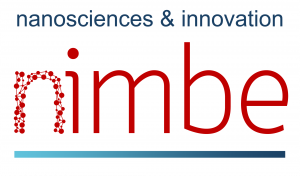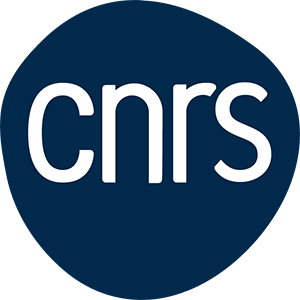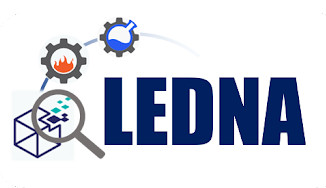Ana Mota De Oliveira
03/2025 – 09/2025
The subject of this internship is part of a thesis project aimed at finding the best way to integrate carbon nanotubes into laminated composite materials capable of bridging microcracks in the matrix of these composites in order to limit fuel leakage from cryogenic tanks of launch vehicles. Knowing the mechanical and thermal stresses involved, the aim is to demonstrate the effectiveness of CNTs in terms of material damage tolerance. Damage tolerance is directly related to strength and sealing performance.
To achieve this, three ways of integrating carbon nanotubes are considered: 1-Growth of carbon nanotubes (CNTs) directly on carbon fibers by CCVD [2], 2-Transfer of a mat of aligned carbon nanotubes on carbon fiber fabric pre-impregnated with CE, and 3-Random dispersion of carbon nanotubes in the matrix. The materials selected in the three ways will be subjected to mechanical tests.
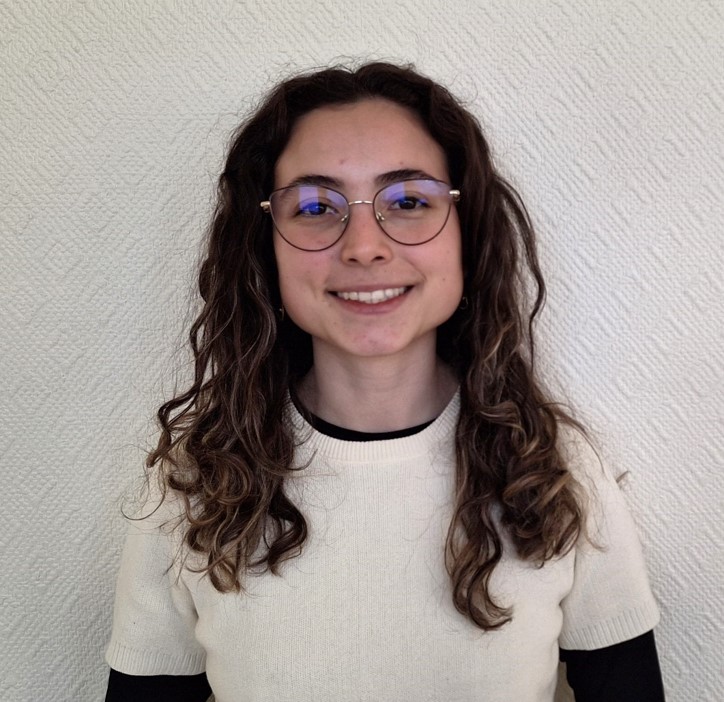
Rafael Jimenez
02/2025 – 08/2025
Per- and polyfluoroalkyl substances (PFAS) are highly persistent molecules, prevalent in groundwater and soils. Their stability is due to strong C-F bonds, requiring reductive processes for degradation. A promising route involves hydrated electrons (eaq–), generated by UV irradiation of soluble anions like sulfite ions. While this method can degrade PFAS, it produces unwanted byproducts. Hydrogenated nanodiamonds are recognized as a solid source of solvated electrons under UV illumination, as shown by research conducted at LEDNA. This internship aims to study how nanodiamonds can be used as catalysts for degrading PFAS pollutants. It will be conducted at CEA NIMBE, located at CEA Paris-Saclay, in collaboration between LEDNA, experts in synthesizing and characterizing hydrogenated nanodiamonds, and LCMCE, specialized in homogeneous and heterogeneous catalysis for reduction processes.
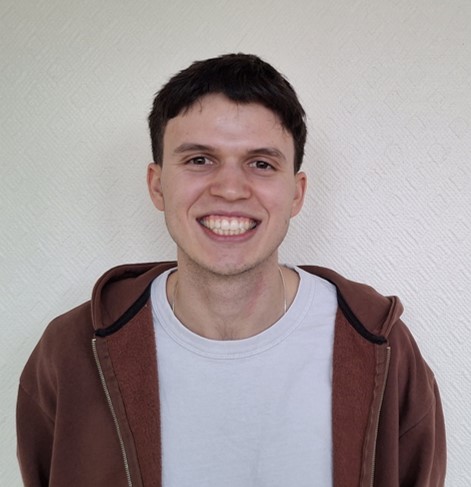
Former students
Tristan Charrel
09/2024 – 02/2025
This project proposes an in-situ study, during the VACNT formation, making it possible to analyze the nature and structure of catalytic nanoparticles, as well as the potential formation of disordered carbon influencing the height limitation of CNTs, is very important. This study will be carried out on a local scale using an environmental TEM (E-TEM NanoMax from the TEMPOS Equipex) to analyze the catalytic nanoparticles and the carbon being formed around individual particles.
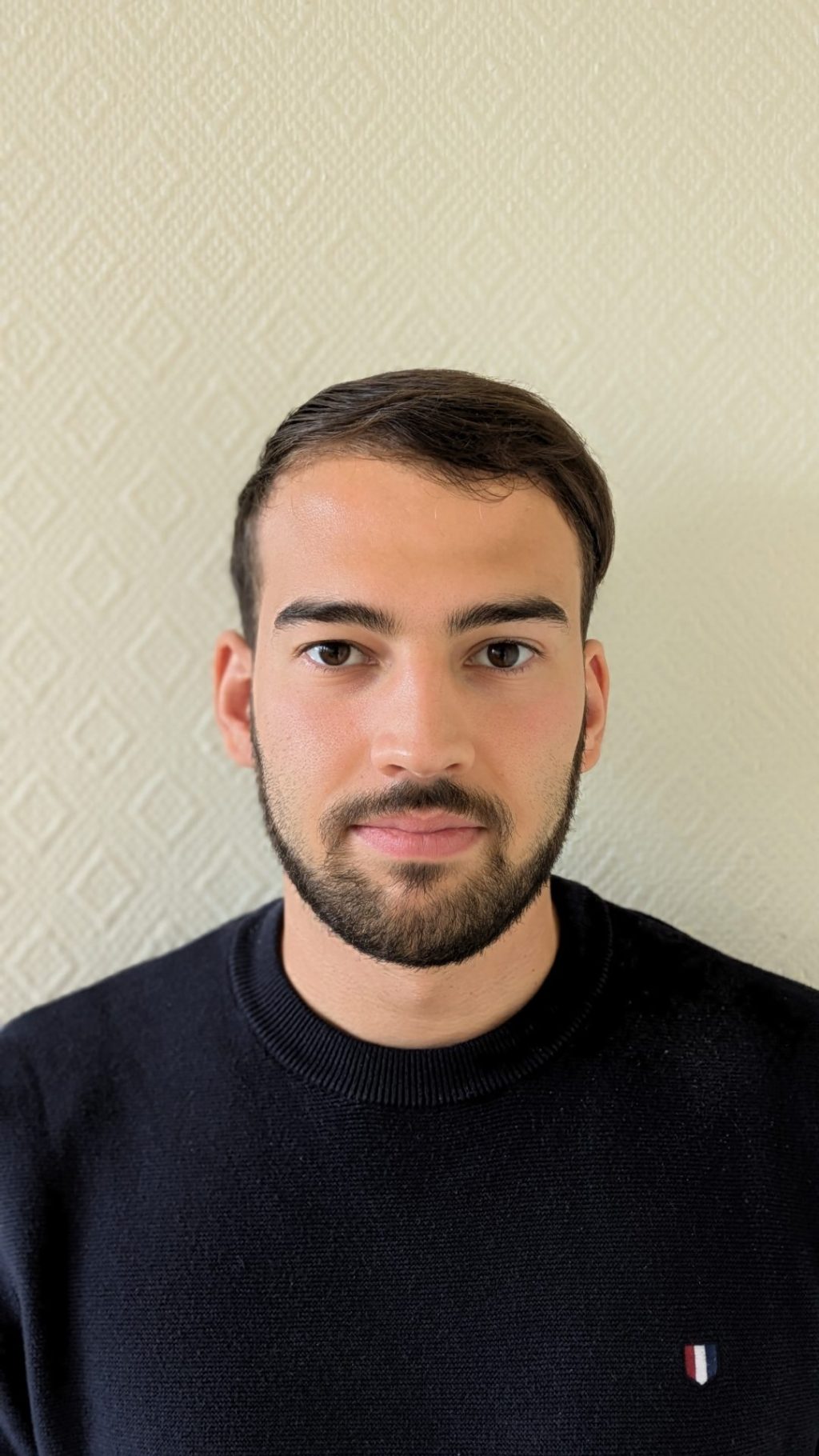
Kossi-Benoit Atikpo
03/2024 – 08/2024
This M2 intership aims to develop a bottom-up synthesis of diamond nanoparticles, based on sacrificial templates (silica beads or fibers) on which nanometric diamond seeds will be attached via electrostatic interactions. Diamond growth will be achieved by an exposure of the seeded templates to a micro-wave assisted CVD plasma (MPCVD). Growth parameters will be adjusted to select the size, the shape and the concentration of chemical impurities (nitrogen, boron) in nanodiamonds. After CVD growth, nanoparticles will be collected by dissolution of the templates. Their crystalline structure, morphology and surface chemistry will be characterized at CEA NIMBE by scanning electron microscopy (SEM), X-ray diffraction (XRD) and Raman, infra-red (FTIR) and photoelectrons (XPS) spectroscopies.

Yasmine Bouaouni
02/2024 – 07/2024
The aim of this intership is to investigate the potential of nanodiamonds in producing solar fuels (H2 or CO2 reduction) by photo/electro-catalysis through a collaboration between the NIMBE team (Hugues Girard and Jean-Charles Arnault), which specializes in nanodiamond synthesis and SOLEIL team (Benedikt Lassalle, LUCIA), which has expertise in electrocatalysis and X-ray absorption spectroscopy (XAS) characterizations.

Léanne Bouderbala
05/2024 – 08/2024
Optimization of silica monoliths synthesis for toxic gas detection.

Pascal Demuth
02/2024 – 07/2024
Hierarchical Porous Monoliths (HPMs) have recently proved their relevance to simplify and accelerate sample preparation of glycomics analysis, before detection of oligosaccharides by MALDI-TOF mass spectrometry.
The main purpose of this internship is to standardize the fabrication methods of devices using these materials in a kit form.

Dorian Marty
02/2024 – 07/2024
This project proposes an in-situ study, during the VACNT formation, making it possible to analyze the nature and structure of catalytic nanoparticles, as well as the potential formation of disordered carbon influencing the height limitation of CNTs, is very important. This study will be carried out on a local scale using an environmental TEM (E-TEM NanoMax from the TEMPOS Equipex) to analyze the catalytic nanoparticles and the carbon being formed around individual particles.

Alice Pinaud
05/2024 – 08/2024
Optimising colorimetric microsystems for air quality monitoring.

Adeline Wallet Dos Santos
03/2024 – 08/2024
Manufacture of colorimetric microfluidic chips for the detection of toxic gases.

Kaixin Wang
03/2024 – 08/2024
The aim of this project is to determine whether radiation chemistry (i.e. induced by ionising radiation) can be used to explore the reactivity of titanium dioxide nanoparticles in the presence of propionic acid.

